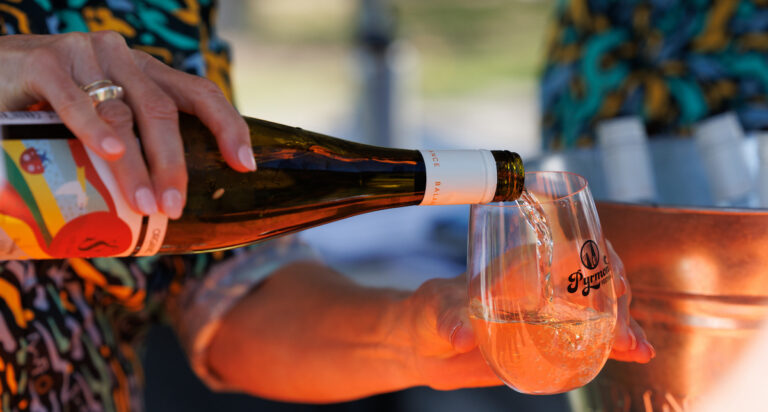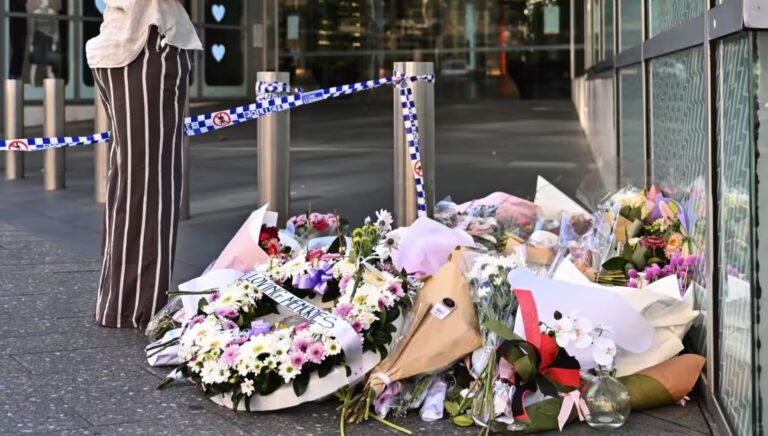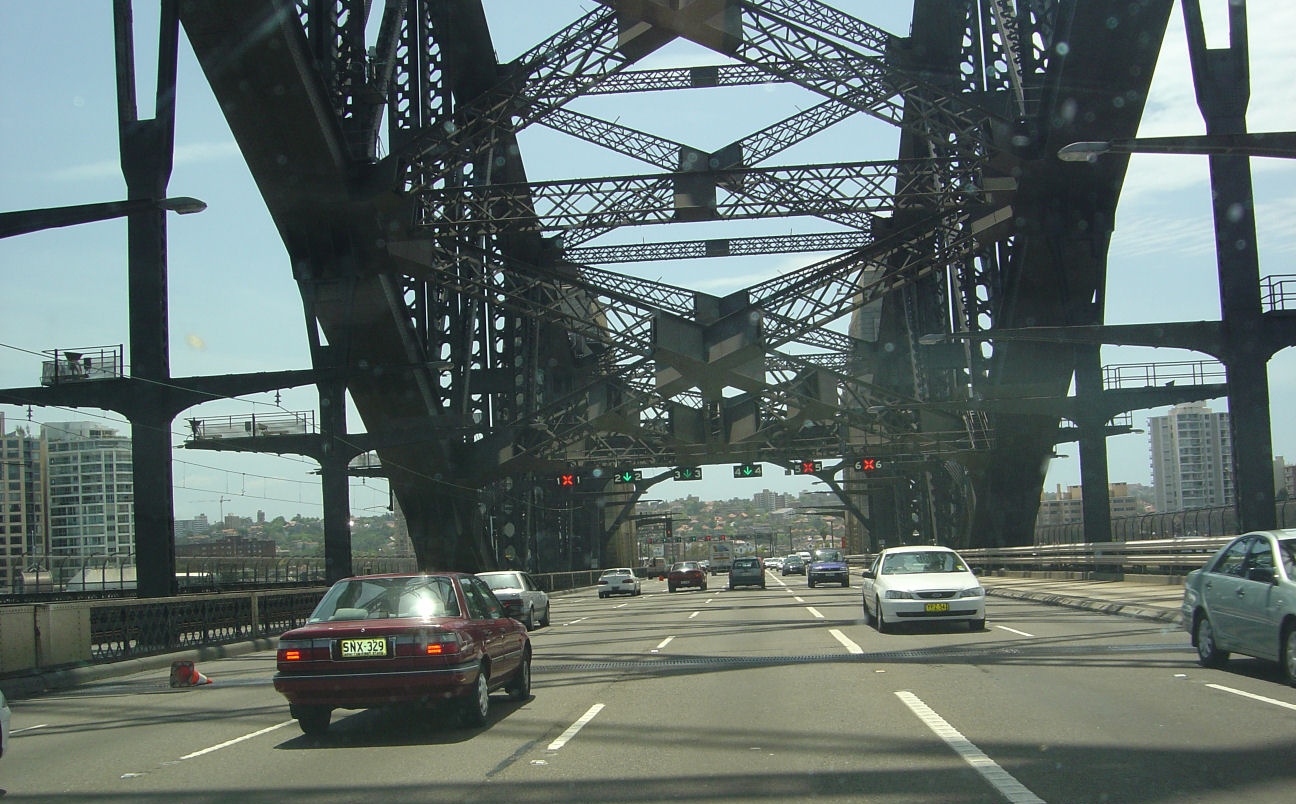
Knowledge is power, but not in NSW

COMMENT — KYLIE WINKWORTH
This is the story of how Infrastructure NSW helped to stitch up the case to sell off the Powerhouse Museum (PHM) in Ultimo. In just two years the Powerhouse Museum moved from being an integral part of the arts ribbon around the harbour, and a priority for government investment, to being relatively remote, on a constrained and very valuable site, and urgently up for relocation.
In June 2012 Infrastructure NSW released the Recreation and Arts Baseline Report, prepared by Price Waterhouse Coopers (PwC). It is fascinating reading for all kinds of reasons. It pings NSW for its underinvestment in cultural facilities, and lower per capita spend on culture than all other jurisdictions except Victoria; about $40 less per person. And it notes that cultural spending decreased by a shocking 23% in NSW between 2007-10. No surprise then that other states outperformed NSW in attendance at blockbusters, with only two NSW exhibitions in the top ten, one of them the Powerhouse Museum’s Harry Potter exhibition.
The report advised focusing investment on cluster cultural institutions in an ‘arts ribbon’ around Sydney Harbour. A helpful diagram shows a blue arc of arts and cultural facilities around the harbour, from the Powerhouse Museum, to the Sydney Exhibition and Convention Centre, Walsh Bay, the Opera House and up Macquarie St. The report notes: this configuration of NSW’s world class cultural facilities presents an opportunity to continue to target investment in these iconic venues, build on their strengths and promote access to them as part of the visitor economy. That makes sense. Further into the report PwC looks at the MAAS museum venues, noting they’re in good condition with no backlog of maintenance. So the Powerhouse Museum was sitting pretty as part of Sydney’s cultural ribbon.
Two years later in June 2014 something had changed. The Rebuilding NSW State Infrastructure Strategy redefined Sydney’s arts precinct to the cluster of arts facilities in the CBD. It mysteriously stretches the territory to include Walsh Bay, a wasteland for tourists not going to a performance, and the unrealised Indigenous Cultural Centre at Barangaroo. But overlooked and on the outer are Darling Harbour and the poor Powerhouse, remote on the other side of Cockle Bay. Instead the report suggests the government investigate moving the Powerhouse collections to Parramatta, and sharing CBD collections with Parramatta.
Five months later in November 2014 the strategy shifts gears. The State Infrastructure Strategy Update now says the government should urgently consider relocation of the Powerhouse Museum to Parramatta. Why urgently? It declares the PHM is relatively remote and not on any cultural ribbon. The CBD cultural precinct will be a priority for investment, including Walsh Bay. Proposed cultural facilities at Barangaroo would also be accessible to this cluster, although the Powerhouse Museum is not. Rather, the museum occupies a constrained (but very valuable) site adjacent to Darling Harbour and will require significant reconfiguration to remain at its current location and comply with exhibition and security standards… This is an astonishing statement given the museum had recently had $25m refurbishment.
For INSW a cultural precinct is defined by location, distance of no more than 1.5ks between venues, and a mix of institutional offerings. How then does it overlook the PHM, the Australian National Maritime Museum and Darling Harbour as a cultural precinct, along with a popular mix of commercial cultural attractions? On visitor numbers alone this area is Sydney’s major tourism precinct, attracting 26m visitors a year. These visitor numbers are set to rise to 40m a year. Darling Harbour will soon host Australia’s largest convention and exhibition facilities, along with the largest ‘red carpet’ entertainment facility. But this isn’t a cultural precinct? And the Powerhouse is relatively remote so its spacious two hectare site needs to be sold? No mention of the popular Goods Line walkway, which is bringing visitors direct from Central, and which will connect with the new Darling Harbour Boulevard. And no mention of the thriving independent galleries in neighbouring Chippendale, or the evolution of Ultimo as a walkable and fascinating architectural casebook.
INSW acknowledges the growing deficit of cultural infrastructure in western Sydney, although not the greater cultural infrastructure deficit in regional NSW, home to 30% of the population of this state. Its strategy says there is a strong case for relocating the (PHM) to a new cultural precinct serving the west. The Museum’s educational orientation makes it a good fit, (aren’t all museums oriented to education?) and its relocation could be partly funded by realising the commercial value of its existing site.
The key word here is ‘partly’. In looking for options to enrich the cultural offerings in western Sydney, INSW could not have a selected a more expensive or challenging museum to move from the city. FOI documents reveal that the museum’s valuable site may be worth as little as $140m. The cost of moving the museum and its collections from Ultimo and building a new museum in Parramatta will be close to $1b. That’s $1b for no net increase in cultural facilities. Indeed, it would be cheaper to keep the PHM at Ultimo and build a new museum in Parramatta; although it’s unlikely the ‘business case’ for the new museum will evaluate these costs and options.
With days of the release of the INSW Strategy Update in November 2014, the Premier announced the sale and relocation of the PHM to Parramatta. No need for feasibility study, he had the advice of the property masters in INSW. But the government’s case to sell off the Powerhouse Museum site has never made any sense, especially not the contrived suggestion that the PHM is remote and outside a cultural precinct. The case for moving the museum has shifted as each argument is challenged and pricked. Most recently the Premier declared the new Parramatta museum will be a Smithsonian, despite rejecting the idea of a MAAS branch at Parramatta. The Smithsonian is the umbrella organisation for a cluster of distinctive museums and galleries on the east coast of the US. It has never closed or moved a major museum out of the city; nor has any government anywhere in the world. The Smithsonian has carefully expanded its portfolio of thematic museums, beginning not with the real estate, but with important stories, dialogue and consultations. The premier should take another look at this proven process.
There was a time in NSW when impartial public servants knowledgeable in the arts and museums advised government on cultural infrastructure. Today power, planning and decisions are made by the infrastructure and property departments. And they’re busy urgently planning the unprecedented demolition and move of a major state museum, writing off cultural assets built to last a century. For them museum building is not an exercise in community engagement but a real estate deal. How very Sydney.
Powerhouse Rally at the forecourt of the museum, 500 Harris St Ultimo. Saturday 11am









